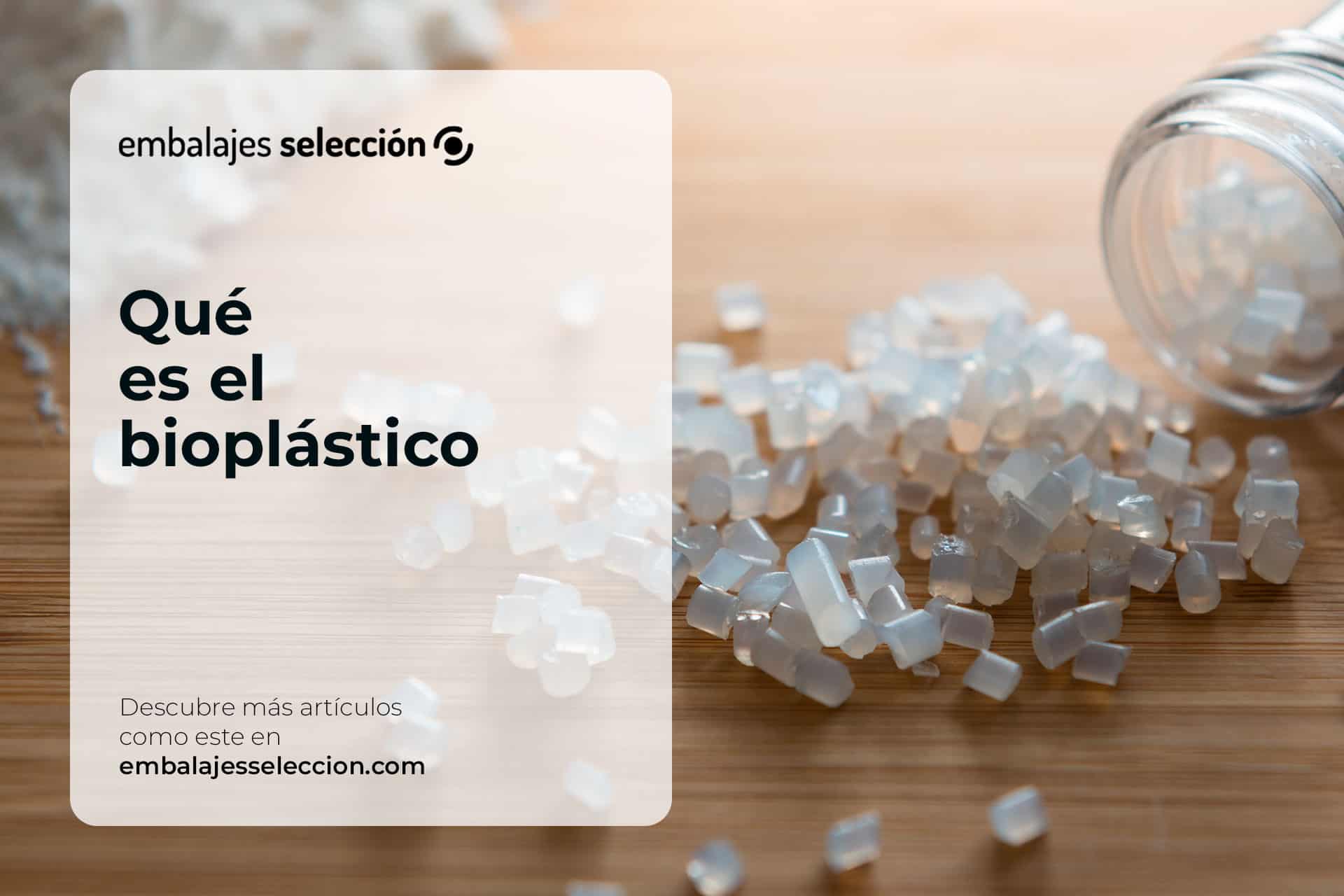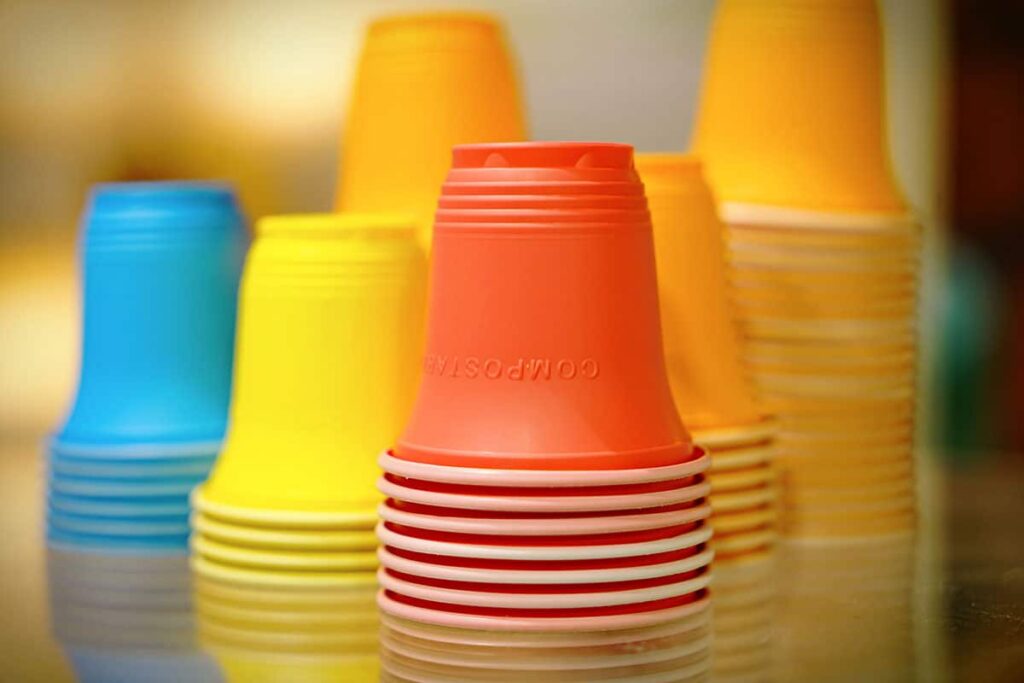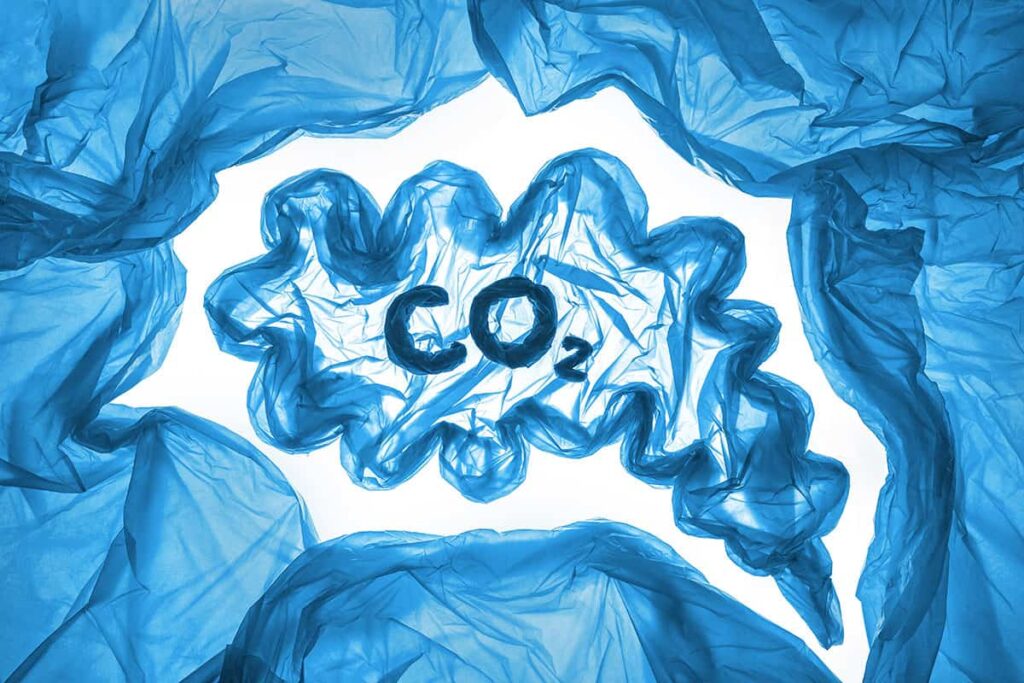The use of conventional plastic is causing great harm to the planet and ecosystems. We find plastic debris everywhere in the world and it is even present in the stomachs of many of the fish we feed on in our daily lives. In fact, plastic is the third most common application of oil and we consume around 200 million tons each year worldwide. As a non-renewable, highly polluting and non-biodegradable source, the problem of plastic use has been making headlines and governmental decisions in recent years. In the face of traditional plastic, a very interesting alternative has emerged that can be of great help to complement and replace traditional plastic in a few years, such as bioplastics. Let’s see what they are, what their characteristics are and the most interesting advantages they can provide.
What is bioplastic?
Bioplastic is a plastic material obtained from organic materials and not from petroleum. It is prefixed with “bio” because it is of natural origin and is therefore a biodegradable material, i.e. it disintegrates naturally in the environment. This is a big difference compared to plastic, whose decomposition process can take up to 1,000 years.
It is a material that imitates plastic, but it is not plastic as such. They are now widely used to replace the single-use plastics that cause much of the plastic pollution in the ocean. If you think that bioplastic can be a solution to your business needs , contact us to find the most suitable solution.
Bioplastic characteristics
Among the most outstanding characteristics of bioplastics are listed below:
Are biodegradable
Although a bioplastic material may generate the same amount of waste, it does not generate the same environmental problem. It is a material that does not accumulate as waste in the environment, because its degradation and disintegration process occurs very quickly.
They have an organic origin
Unlike conventional plastic, bioplastic is of organic origin. Therefore, neither petroleum nor any petroleum derivative is used in its production. It is considered one of the sustainable packaging materials with the greatest potential for future growth as companies of all sizes and industries seek to use more environmentally friendly materials to reduce their impact on ecosystems.
Great versatility
Bioplastics are characterized by their great versatility to be transformed into all kinds of products. We are talking about wrappers, grocery bags, disposable cutlery and plates or single-use straws for sipping liquids. It is a material that can be used to create all kinds of common objects that are used on a daily basis.
Different procurement methods
To create bioplastics there are different methods of production. The most common is through polylactic acid (PLA), which is obtained from plants such as sugar cane or corn. It is also obtained from polyhydroxyalkanoates (PHA) which is created from microorganisms.
While bioplastic produced with PLA is commonly used in the creation of food packaging, PHA is used more in the medical field as part of various devices, such as cardiovascular patches.
Advantages of bioplastics over other alternatives
Bioplastic as a material offers interesting advantages over alternatives such as traditional plastic. Among the most important we can highlight the following:
It is economical
Bioplastic, especially PLA bioplastic, is produced in the same facilities where products such as ethanol are produced. This allows them to be produced in a cost-effective way, which means that they are increasingly used in cutlery, plastic bottles and even fabrics.
Less carbon footprint
One of the objectives of companies today is to reduce their carbon footprint. The aim is to make companies increasingly more environmentally sustainable and with a much reduced impact on the planet. Bioplastic is one of the materials that helps to achieve this goal.
Energy savings
Bioplastic production saves energy compared to conventional plastic production. This allows companies to create functional products with lower energy costs in a context of rising electricity or gas prices.
100% renewable
Bioplastic is created using renewable raw materials of natural origin. Therefore, we are dealing with a material that is beneficial to the environment.
Reduced waste generation
Bioplastics will be essential to reduce the generation of waste that pollutes the environment and nature. It is an excellent substitute for traditional plastic, avoiding the presence of non-biodegradable waste on the planet.
Health insurance
Bioplastic does not contain additives that can harm our health, such as bisphenol A or phthalates, which can be present in traditional plastic.
Does not alter food
Bioplastics are increasingly used in the food industry because they do not alter or modify the flavor or aroma of the food they contain.
Now you know more about bioplastics, what they are and how they are becoming one of the essential materials for companies seeking a more sustainable future for the planet.



